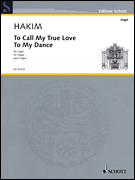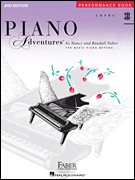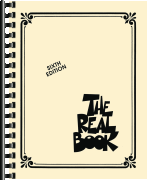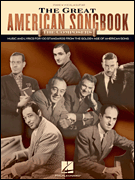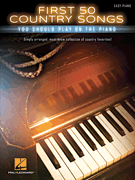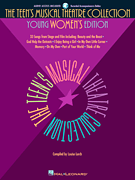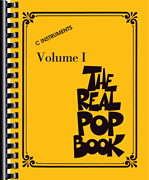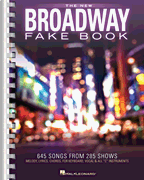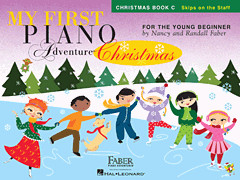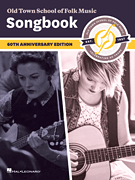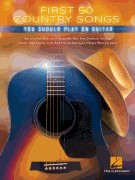Search Results for: “Love Dance”
Loading...
Dance, Dance, Dance View 23 Products
Dance Me To The End Of Love View 17 Products
Dancers In Love View 9 Products
Love Dance View 8 Products
Dance ('Til You Love Someone Else) View 2 Products
I Can Tell By The Way You Dance (How You're Gonna Love Me Tonight) View 2 Products
I Love To Watch A Woman Dance View 1 Product
I Love It When You Dance That Way View 1 Product
I Love To Love (But My Baby Just Loves To Dance) View 1 Product
Love And The Dancer View 1 Product
Love And The Dancer View 1 Product
